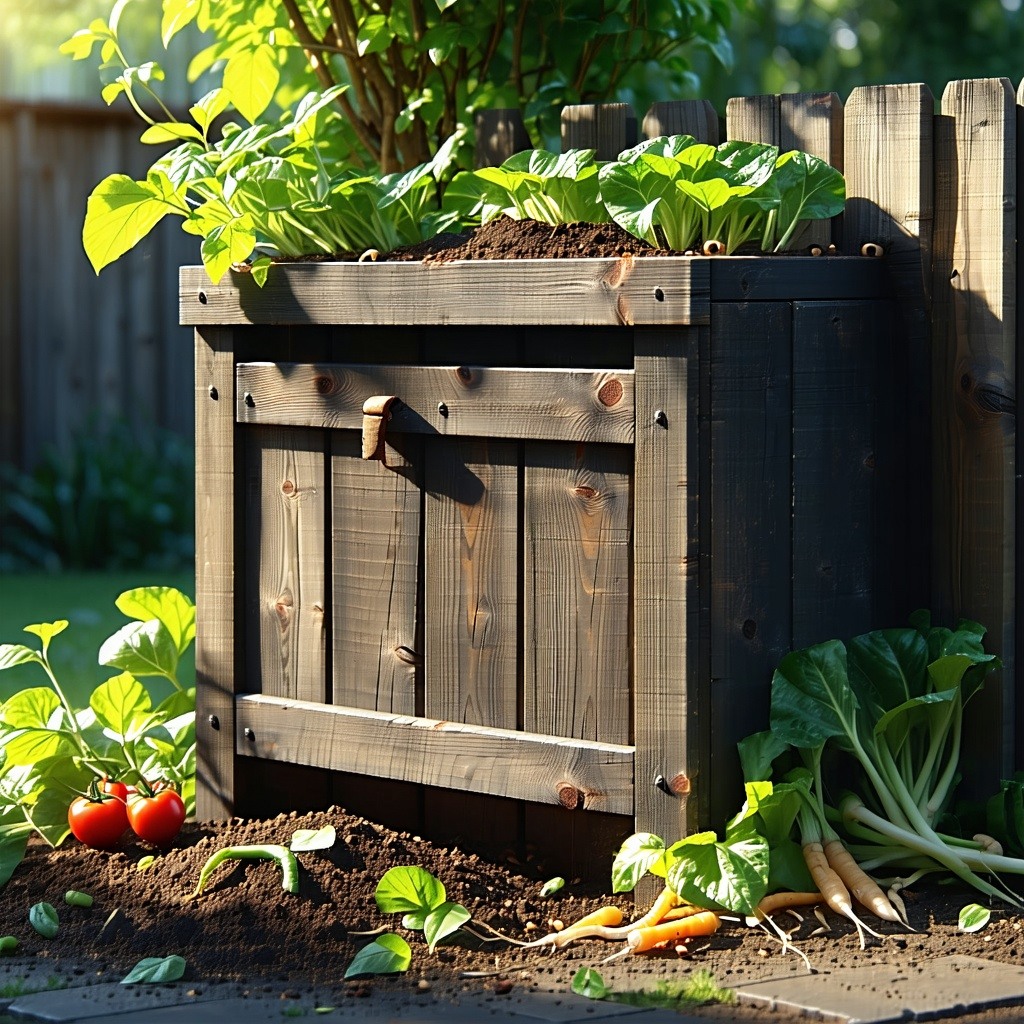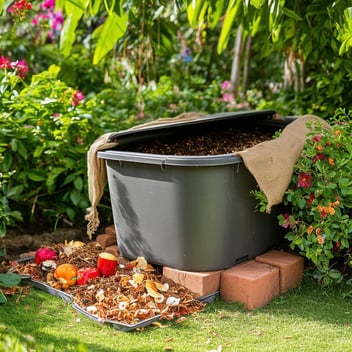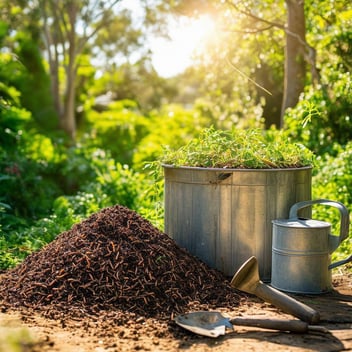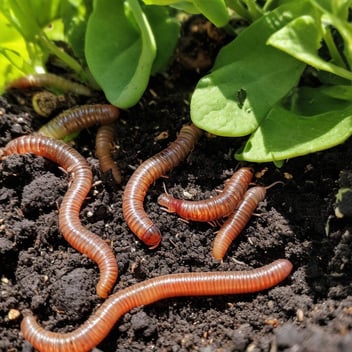Troubleshooting Worm Farms: Keeping Your Worms Happy in SE Qld’s Heat
1. Introduction
Southeast Queensland (SE Qld) is renowned for its warm, subtropical climate. While this environment is ideal for many plants, it poses unique challenges for worm farming enthusiasts. Elevated temperatures can stress composting worms, potentially leading to decreased efficiency or even mortality. Understanding how to manage and mitigate heat-related issues is crucial for maintaining a thriving worm farm in this region.
2. Understanding Worm Sensitivity to Heat
Composting worms, such as the commonly used Eisenia fetida (red wigglers), thrive within a specific temperature range. Ideally, they prefer environments between 15°C and 25°C. Temperatures exceeding 30°C can cause significant stress, leading worms to seek cooler areas or attempt to escape their bins. Prolonged exposure to high heat can be fatal. Therefore, it's imperative to monitor and manage the temperature within your worm farm diligently.
3. Optimal Placement of the Worm Farm
Location plays a pivotal role in regulating the temperature of your worm farm. Consider the following:
-
Shaded Areas: Position the worm farm in a location shielded from direct sunlight, such as under a tree, on the southern side of a building, or beneath a shaded patio. This placement helps prevent the bin from absorbing excessive heat.
-
Indoor Options: If feasible, relocating the worm farm to a garage, laundry room, or basement can provide a more temperature-controlled environment, safeguarding the worms from external heat fluctuations.
4. Insulation Techniques to Combat Heat
Proper insulation can buffer worms against temperature extremes:
-
Natural Insulators: Applying a layer of straw, coconut coir, or shredded newspaper atop the bedding acts as a protective barrier, maintaining cooler temperatures within the bin.
-
Reflective Materials: Draping reflective solar blankets or materials over the worm farm can deflect sunlight, reducing heat absorption and keeping internal temperatures more stable.
5. Moisture Management Strategies
Maintaining appropriate moisture levels is essential for worm health:
-
Regular Monitoring: Ensure the bedding remains as damp as a wrung-out sponge. In SE Qld's heat, moisture can evaporate rapidly, necessitating frequent checks.
-
Misting: Lightly misting the bedding with water can help maintain humidity without oversaturating the environment.
-
Avoid Overwatering: While it's crucial to keep the bedding moist, excessive water can lead to anaerobic conditions, causing odors and potential worm distress.
6. Feeding Practices During Hot Weather
Adjusting feeding routines can alleviate additional heat stress:
-
Reduce Feed Quantities: Overfeeding can lead to increased microbial activity, which generates additional heat. Offering smaller amounts ensures that food is processed quickly without causing temperature spikes.
-
Frozen Treats: Introducing frozen food scraps not only provides nourishment but also aids in cooling the bin as they thaw, offering temporary relief from the heat.
7. Aeration and Ventilation Importance
Proper airflow is vital for temperature regulation:
-
Fluffing Bedding: Gently turning or fluffing the bedding increases airflow, preventing heat buildup and promoting aerobic decomposition.
-
Ventilated Lids: Ensuring that the worm bin has adequate ventilation holes or slots allows excess heat to escape, maintaining a cooler internal environment.
8. Recognizing and Addressing Heat Stress Signs
Being vigilant for indicators of heat stress can prevent worm loss:
-
Worms Escaping: If worms are found congregating near the lid or attempting to leave the bin, it's a clear sign they're seeking cooler conditions.
-
Decreased Activity: A noticeable slowdown in feeding or movement suggests discomfort, often due to elevated temperatures.
-
Discoloration or Death: Worms becoming pale or dying en masse indicate severe heat stress and necessitate immediate intervention.
9. Emergency Measures for Heatwaves
During extreme temperature spikes, additional steps may be required:
-
Frozen Water Bottles: Placing sealed, frozen water bottles in the bin provides a temporary cooling source. Worms can gravitate towards these cooler areas as needed.
-
Evaporative Cooling: Draping a wet towel over the bin and positioning a fan to blow air across it can create an evaporative cooling effect, lowering internal temperatures.
10. Conclusion
Successfully managing a worm farm in SE Qld's warm climate requires proactive measures to mitigate heat stress. By understanding worm sensitivities, optimizing bin placement, employing insulation techniques, maintaining proper moisture and feeding practices, ensuring adequate ventilation, and being alert to signs of distress, you can cultivate a thriving worm farm. These efforts not only support the health of your composting worms but also contribute to effective organic waste recycling and the production of nutrient-rich vermicompost for your garden.




